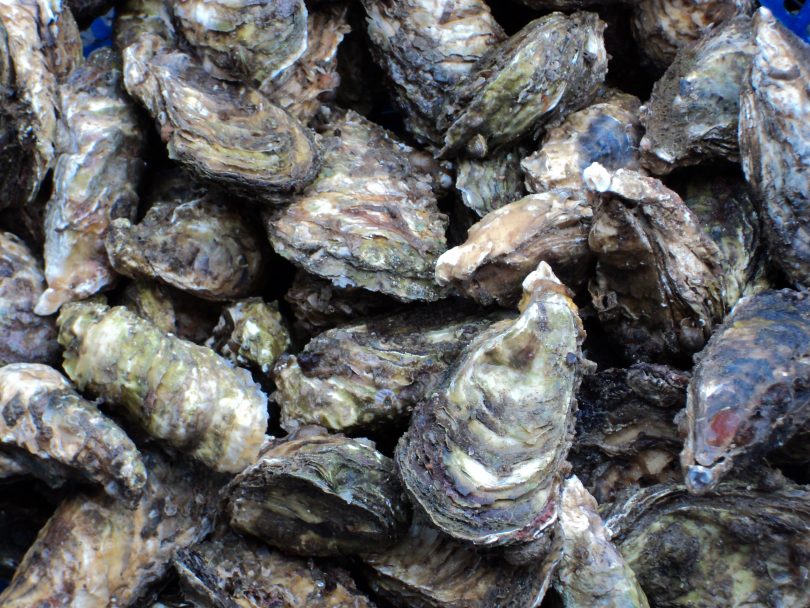
Sydney Rock Oysters are among those grown on the Far South Coast – and a study is looking to prepare farmers against a threat. Photo: NSW DPI.
The South Coast is known for its oyster farms, and a new study is helping the industry prepare against a potential major threat – sewer spills.
Bega Valley Shire Council is participating in the research alongside UNSW Water Research Laboratory (WRL) and the NSW Food Authority to assess the effects of sewer spills on local aquaculture.
WRL senior project engineer Alice Harrison said a sewerage spill can have a lasting impact on the environment.
“We all have sewers connected to our homes and businesses,” she said. “Sometimes the load on the sewer system can be beyond what it was designed for, or there can be some kind of error happening and there are unintentional overflows.”
“That means raw sewerage ends up in our waterways.”
A sewer spill also means oyster harvesting must stop, in order to limit the risk to human health.
“When something like that does happen, we want to make sure people are making informed decisions,” Ms Harrison said. “There are already systems that are in place to guide decision-making when these spills happen, but they have to be super conservative if they don’t have additional information about how things are transported through the ecosystem.
“What we’re trying to do is inform our understanding of where that transport happens.”
Researchers are tipping dye into Pambula Lake and Merimbula Top Lake between 4 July and 6 July to track effluent dispersion. The red dye will be visible for a few hours before dissipating.
Ms Harrison said residents should not be alarmed if they see a reddish tinge to the water.
“The dye is not going to stain your boat, and it’s not going to affect the local ecosystems,” she said. “It looks pretty spectacular when we first put it in the water, but it does dissipate really quickly.”
The two Bega Valley sites are part of a study occurring across 11 estuaries in New South Wales.
“These estuaries cover about 85 per cent of the total oyster harvesting across the state,” Ms Harrison said. “The Merimbula area has a pretty decent-sized oyster industry and so we chose it as a participating location.”
Ms Harrison said a goal of the study is to give oyster farmers information about when or if a sewerage spill occurs.
“What we’re doing, ultimately, is building numerical models or computer models of each one of these estuaries,” she said.
“We use specialised instruments that can measure the dye as it disperses and moves in the water, which gives us a much better understanding of where things move and how quickly they move in the event of pollution coming into it.”
“The goal of our work in the field is to collect data that gives us a way to validate or get confidence in the models that we’re building.”
Bega Valley Shire Council has several measures around preventing and managing sewer spills, water and sewerage services manager Steve Marshall said.
“Measures we use to reduce the frequency and impact of spills include sewer camera investigations, mains high-pressure jetting, pump station cleaning, smoke testing and renewals and upgrades to the network.
“These measures are focused on areas categorised as high risk, such as around waterways.
“This academic study on spill response management will complement our efforts and help to improve our existing Pollution Incident Response Management Procedure for spills,” he said.
The research project has been funded through Sector Recovery and Resilience Grants.







